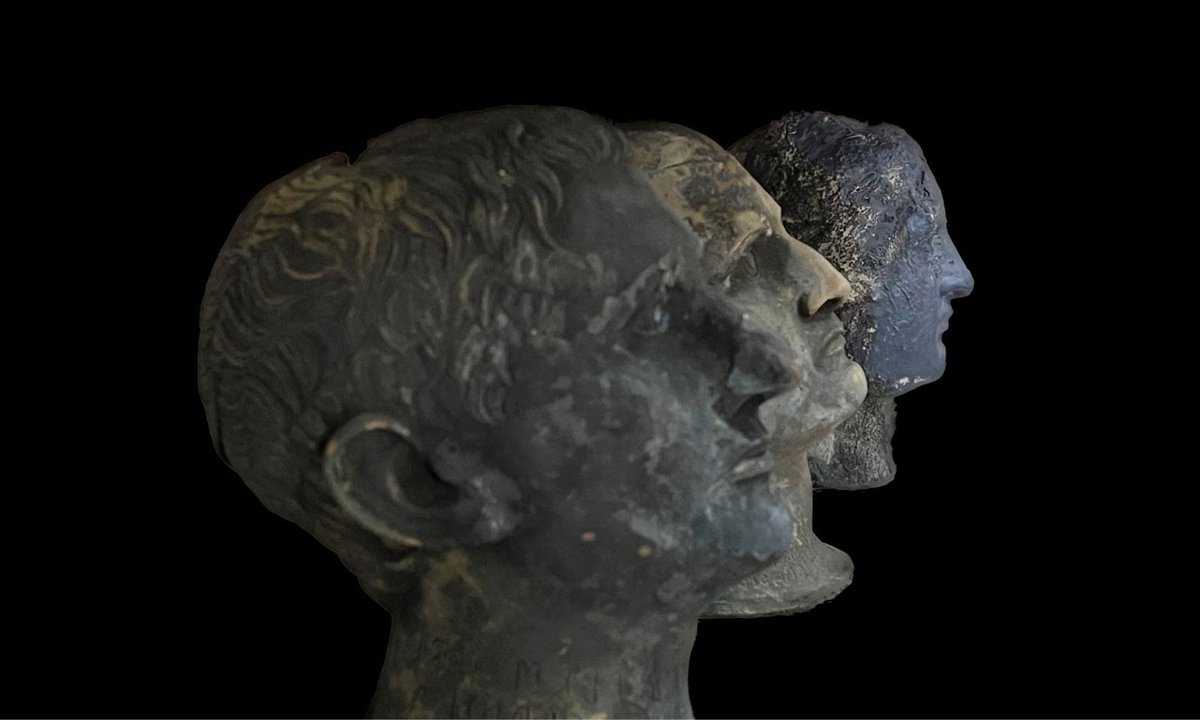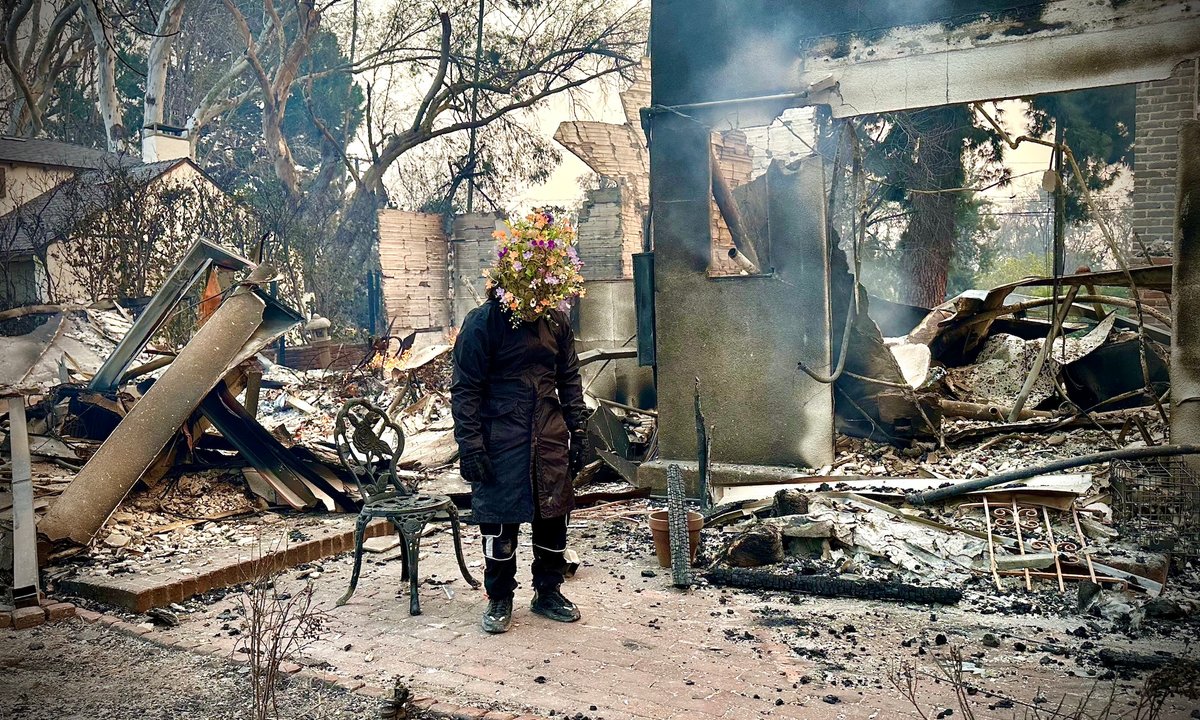Italian archaeologists announced today the discovery of 24 ancient Roman bronze statues in a thermal bath in San Casciano, a small town in the province of Siena, Tuscany.
The artefacts, dating from between the second century BC and the first century AD, are among the most “significant bronzes ever produced in the history of the ancient Mediterranean,” said Massimo Osanna, the director-general of Italy’s museums, which is part of the Ministry of Goods and Cultural Activities.
Courtesy of the Italian Ministry of Culture
Intricate and rich in detail, the bronzes include votive statues of pagan gods as well as depictions of young men, elderly matrons and emperors. Some are preserved fully intact while others are dismembered. Archaeologists speculate that the works, five of which are around a metre tall, were cast by local craftsmen. A number are so well preserved that they still carry inscriptions of the names of eminent local Etruscans, a pre-Roman people that lived in the region.
Excavations began in 2019 in a Roman-Etruscan sanctuary close to the springs that fuelled the Bagno Grande, or Great Bath, of San Casciano. The statues served a religious purpose peculiar to the bathhouse, and many of them—alongside a smattering of religious objects, cast in silver and gold—represent figures connected to healing.
Courtesy of the Italian Ministry of Culture
Archaeologists speculate that the sanctuary was later sealed with heavy stone columns by Christians in the fifth century. This protected the statues from the mud and boiling streams ejected by the bathhouse, which dates to the third century BC.
Courtesy of the Italian Ministry of Culture
The discovery is the “largest deposit of statues from ancient Italy, and the only one affording us the possibility of reconstructing the entire surrounding context,” Jacopo Tabolli, a professor at the Università di Stranieri di Siena who led the excavation, told Italian media. “It is a discovery that will rewrite history,” he added.
Courtesy of the Italian Ministry of Culture
Osanna, the museum director, described the statues’ retrieval as the “most important discovery since the Riace bronzes,” the fifth century BC ancient Greek statues found preserved in near-perfect condition underwater by a diver off the coast of Riace, in the region Calabria, at the toe of the Italian mainland.
The excavation effort at San Casciano has since been paused as restoration of the artefacts begins. The dig will resume in spring.







